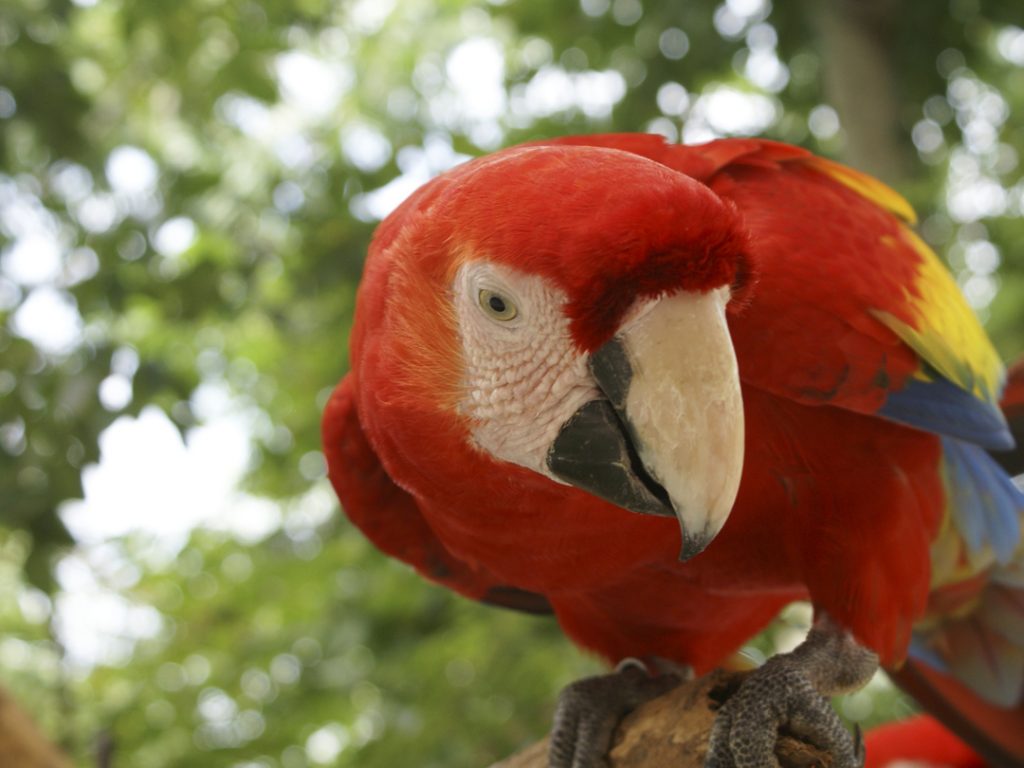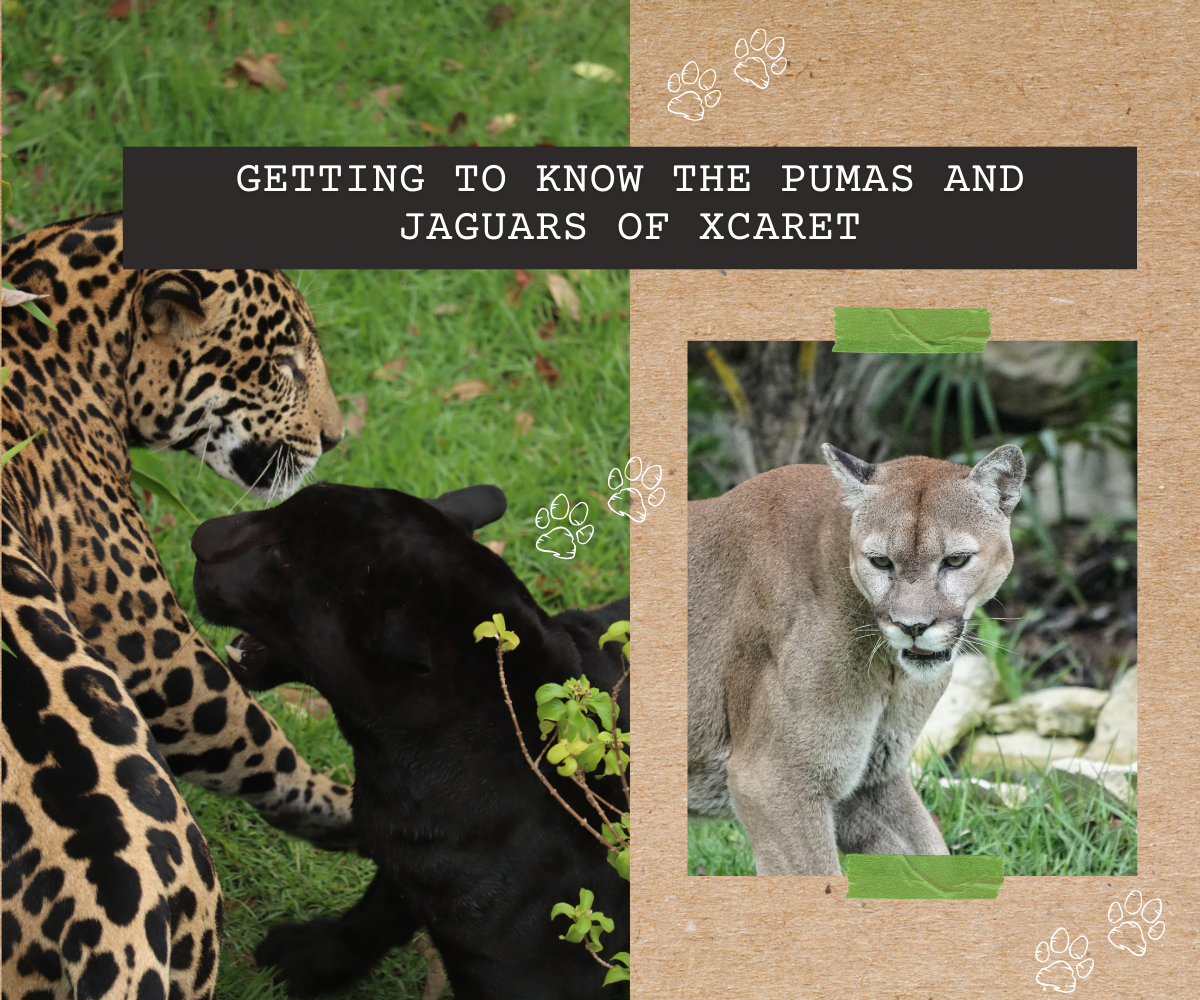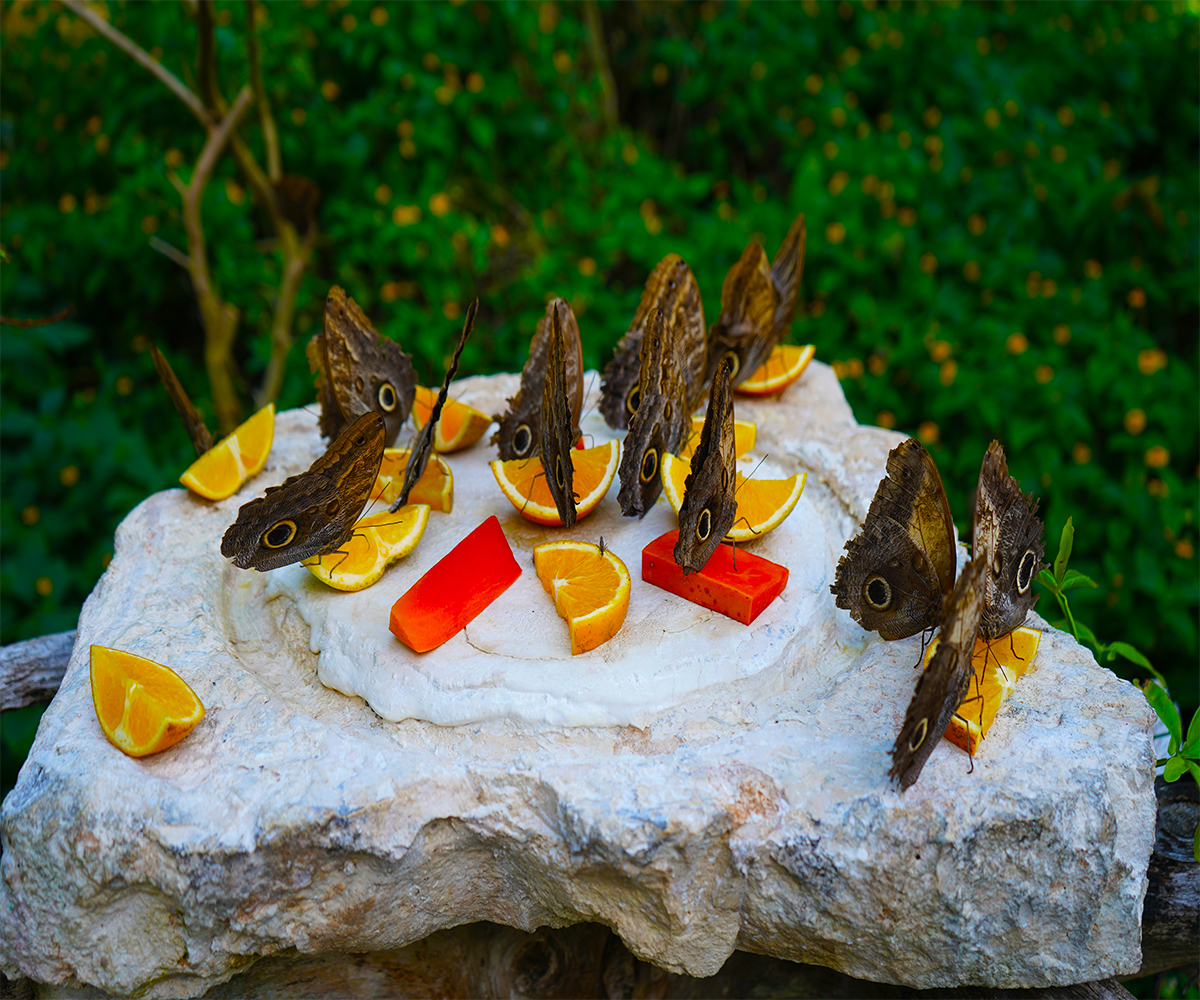First Flock of Scarlet Macaw reaches Palenque
April 21, 2013
Flying Home
27 Scarlet Macaws are Released in Chiapas
A group of 27 of scarlet macaw (Ara macao) born in Xcaret form part of an ambitious release program in the Chiapas jungle, where this species is almost extinct.
Kin and Pixán
My faithful companion Pixán, our companions and I are adjusting to our new home.
Pixán and I are part of the 27 specimens of scarlet macaws born in Xcaret that belong to an ambitious program of reintegration into our habitat in the jungle of Chiapas. This is the only place in Mexico where the scarlet macaw lives in its habitat.
Last Friday we made the road trip from Xcaret Park to our new home.
Flying Home
The return to the jungle of Chiapas marks the pinnacle of efforts of more than 18 years of reproduction and growth in order to contribute to the preservation of this species and reverse the deterioration of its population.
Since their arrival in Palenque, the 27 macaws have a process of adaptation to the environment and activities to recognize their food in the wild, identify their natural predators, discover shelter between trees, and finally learn to fly freely.
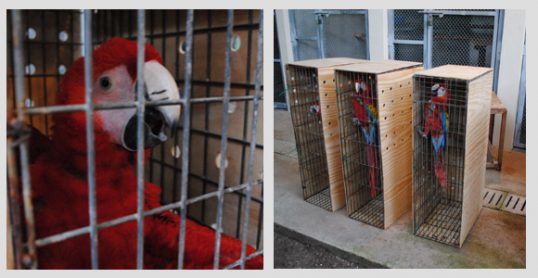
The scarlet macaws delivered to Palenque are 24 months old, healthy specimens born in the Xcaret breeding program. The delivery of the macaws was led by biologist Rodolfo Raigoza Figueras, Wildlife Manager at Xcaret Park and Gabriela Lara, Coordination of Terrestrial Wildlife at Xcaret.
The macaws were received in Palenque by Dr. Alejandro Estrada, researcher at the Institute of Biology at UNAM, and by the Release Program Coordinator in Chiapas María de Lourdes Silva García, General Director at Aluxes EcoPark. Juan Cornejo, Curatorial Science Fellow (Ornithology) at the Bronx Zoo, Wildlife Conservation Society, served as advisor to the project of the re-insertion of scarlet macaws in the jungle of Chiapas.
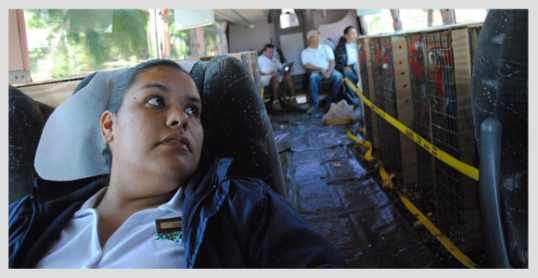
The first group precedes two more to arrive in Chiapas during 2013 to complete a group of 60 red macaws that will take as their habitat 50 hectares of park and almost 800 thousand hectares that comprise the National Park of Palenque, located 2 miles from the first.
The release program will be accompanied by an effort to raise awareness among the local population to ensure the viability and protection of these natural areas.
An Endangered Species
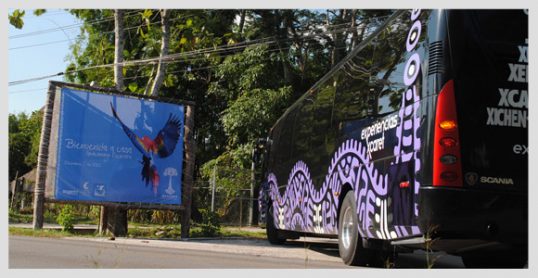
Currently, the scarlet macaw, or Ara macao cyanoptera is listed in Appendix I of the Convention on International Trade in Endangered Species of Wild Fauna and Flora (CITES, 2007), and listed as Endangered Species in the Official Mexican Norm-059 (Official Journal of the Federation, 2010).
This bird is endangered in Mexico not only for the destruction of their habitat, but because of the illegal trade of the macaw. It is estimated that in the wild, its population is no more than 400 macaws. The scarlet macaw is also found in the rainforests of Colombia, Venezuela, Brazil and other nations. In Mexico, the largest number of scarlet macaws in the country is located in Xcaret Park.
The Guiness Record for Births
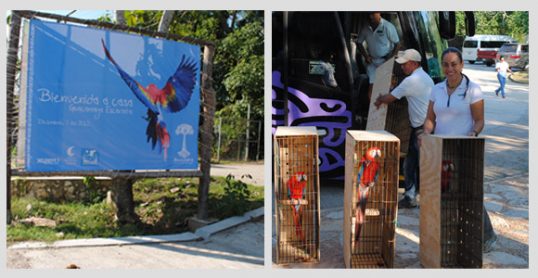
With about 1,000 copies, Xcaret is home to the densest population of macaws in Mexico: 100 couples of reproductive age.
In 2009, the reproduction program reached 113 births, of which 105 macaws are still alive. Due to these births, Xcaret was awarded with the Guinness World Record in 2011 for the highest number of macaws bred in one year.
This year, the program closed with 175 macaw births.
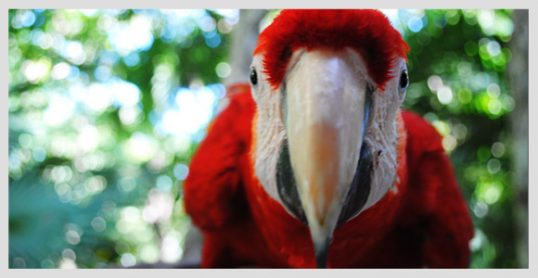
Have you visited the aviary in Xcaret?
Have your photo taken with the macaws?


Posts Relacionados
Grupo Xcaret
Hotels

